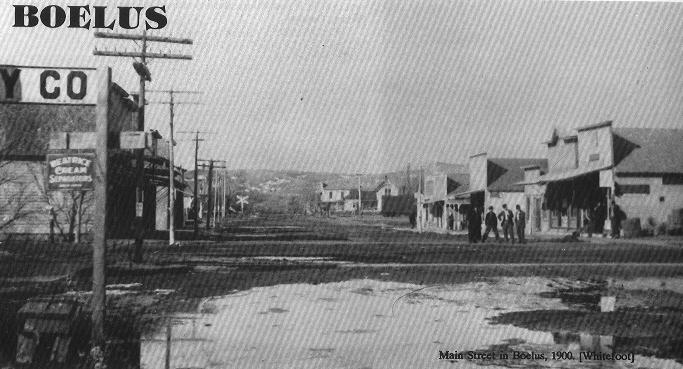In the southwest corner of Howard County near the fork of the South Loup and Middle
Loup rivers, the little town of Boelus was founded in 1885.
The name “Boelus” is neither Danish, as were most of the settlers, or
Swedish. The original name for the post office and town was “Howard City,” but
because of the similarity to the name “Harvard City,” also in Nebraska, a
considerable amount of mail was mis-sent. So it was decided a new name should be chosen.
Taking “Boe” from the family name of “Boesen” and the “L”
from “Larson,” then the letters “US” for the United States, a
composite name “Boelus” was created. The legal papers for the town are still
Howard City.
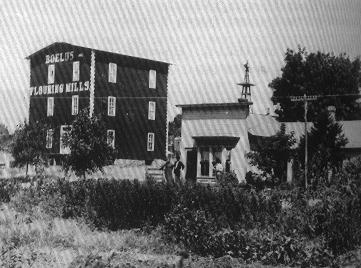 Before
Before
bridges were built and the coming of the railroad, settlers had to ford the Middle and
South Loup rivers, or cross them by boat. At one time there were two ferries in the area,
one across each river.
For several years, the railroad ended about four miles to the east of the Howard City
settlement. Mail, passengers, baggage, and freight had to be unloaded and continue their
trip by wagon on what was called the Loup City Wagon Road.
In November 1885, a town site was chosen mid-way between St.Paul and Loup City on what
the Omaha & Republican Valley Railroad Company advertised would be “a direct line
between Columbus and North Platte.” This is how and why the town of Boelus was
started. The line never made it passed the middle of Buffalo County and was later acquired
by the UP.
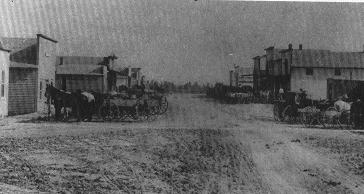 In May 1886 work was
In May 1886 work was
started across the Middle Loup River southwest of Boelus on the “Pleasanton
Branch.” The railroad advertised for 50 teams with drivers to help with construction.
The pay was $1 a day. In June, track layers arrived at the end of the new bridge, and in
July — for the first time in history — people could walk across the Middle Loup River
without getting their feet wet!
With all the railroad construction, the town was alive with people working at what ever
there was to do. Buildings virtually sprang up from the ground every day. Nineteen
carpenters were hired to build the hotel to house the railroad workers. Two lumber yards
had already “hung out their shingle” and two more soon joined the bustling
business district. There were two stables and a saloon, soon followed by two drug stores,
a blacksmith, the post office, a church, and a schoolhouse. A general merchandise store,
hardware, and bank were next to be built. Boelus boasted a population of 500 by then.
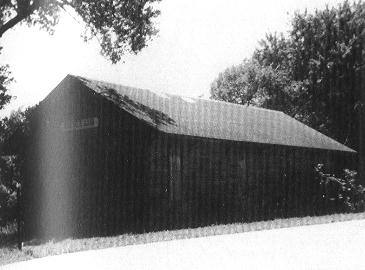 Everyone wanted
Everyone wanted
to get a piece of the action in the new town. A grist mill and elevator were built by
businessmen from Grand Island and St.Paul. Local farmers brought their wagon loads of
grain to Boelus to sell, and have some made into flour and feed for their livestock. From
1886 to 1948 the Boelus Milling Company shipped flour and grain products to all parts of
the country.
Boelus also utilized the river for power from 1914 to 1972. There was a hydro-electric
plant at this location that generated power for the Central Power Company, then for
Consumers Public Power, and still later for Nebraska Public Power District, before it was
phased out.
Boelus has always been known for its fine baseball teams. Often referred to as
“the team to beat,” Boelus has, for over 70 years, been in first or second place
in the Sherman-Howard County league.
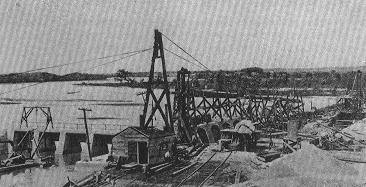 The people in
The people in
Boelus have always taken pride in providing a good educational program for their children.
The Boelus district worked with Cairo and Dannebrog to form “Centura Schools,”
with an enrollment of about 700 students.
Charles Kuralt, of national TV fame, is a frequent visitor to our local steak house,
“The Golden Nugget.” On his travels across the nation, he knows a good thing
when he sees it!
Boelus, with a population of about 230, celebrated its centennial in 1985, choosing the
motto, “Alive in ’85.” Although the passing of time has eliminated many small
towns, Boelus has managed to keep a variety of businesses, and the support of a loyal and
dependable trade area.
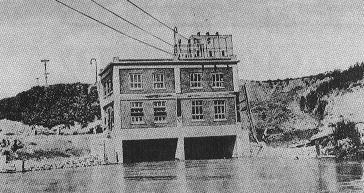 Boelus is
Boelus is
still a town of progress!
By Gene and Alma Whitefoot, Box 207, Boelus, NE 68820
ADDITIONAL MATERIAL: The First Hundred Years, by Stoney Berck, 1985 (Centennial Book);
and Paradise on the Prairie, by Baldwin Kruse, 1986.
